At The EF Precision Group, Communication is Key, and Attitude is Everything!
Collaborative Contract Design and Manufacturing Solutions
Transforming innovative concepts into fully functional products through contract manufacturing is a cost-effective way to bring your ideas into reality. The EF Precision Group has over 45 years of experience helping companies develop innovative designs. Today, we’re exploring the steps of contract design and manufacturing projects and how we work together to create high-quality solutions.
Step One: The Consultation
As a consultative manufacturing organization, we know firsthand how important open communication is to any contract project. Before we even start the design process, we take time to get to know our clients and their requirements. We proudly invite potential customers to come tour our facilities, speak to our experts, and develop a deeper understanding of what we are capable of building. This collaboration is critical to creating high-quality products by addressing manufacturability and cost containment before too much time and money is invested into a new product.
Step Two: Design and Engineering
Continued collaboration throughout the design and engineering phase ensures all product specifications are determined and any potential manufacturing concerns are addressed. Complex projects often include risk management plans that evaluate areas where extra care needs to be taken to ensure the design results are manufacturable. During the design process, engineers help develop the most cost-effective manufacturing process that reduces material waste, improves production flow, and ensures regulatory compliance.
Step Three: Prototyping
Prototyping is an essential step in contract design and manufacturing projects. This provides clients with a functional model of their idea, allowing them to tweak the design for visual appeal, address design weakness’, and, in some cases such as medical devices, meet regulatory requirements. Prototyping also allows the manufacturer to streamline production by identifying areas where more efficient processes would produce the same results, further reducing overall production costs, and maintaining the efficacy of the product.
Step Four: Production
Ramping up to production requires further communication to establish projected production requirements and to develop a manufacturing schedule that meets the client’s needs. This often includes determining raw material procurement, inventory requirements, production volume, and identifying additional cost containment opportunities.
Step Five: Supply Chain Integration
Depending on production schedules, distribution and production can occur simultaneously. Working together with an experienced contract design and manufacturing company can help streamline delivery and potentially reduce shipping costs and storage fees through a solid network of trusted partnerships.
To learn more about our core competencies and manufacturing capabilities, please contact The EF Precision Group today!



